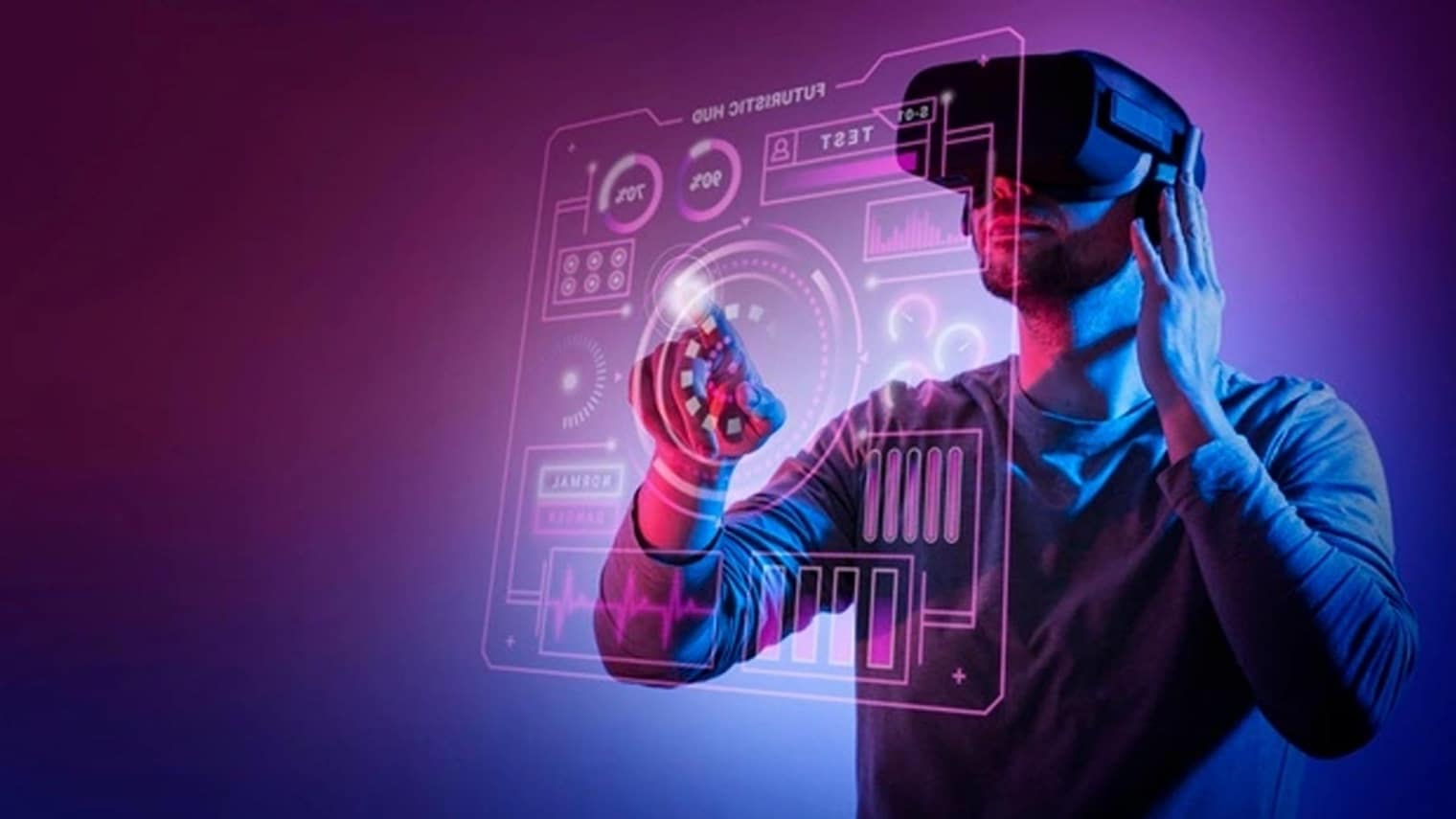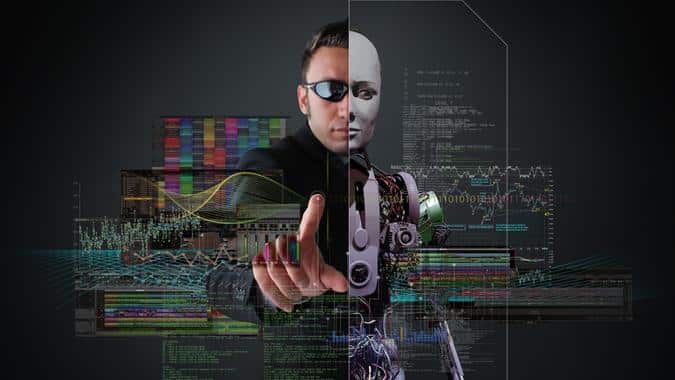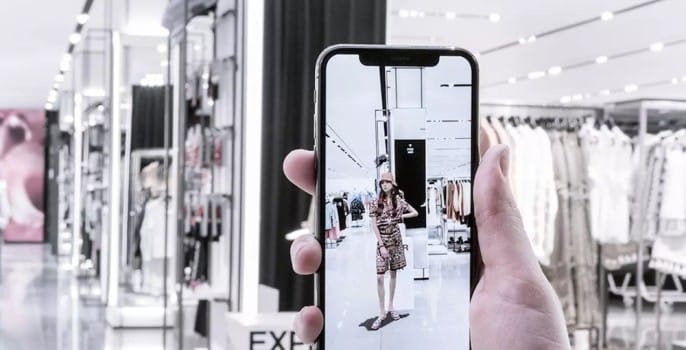Augmented Reality Trends in 2022

Augmented Reality is becoming increasingly popular. From just over 500 million mobile augmented reality users worldwide in 2020 to 810 million last year (data from https://www.statista.com/), we have seen massive and continued absorption of this cutting-edge technology. In 2022, approximately 1.1 billion people will use A.R. on their phones alone.
Much of this increase is the result of fundamental: The effects of the pandemic plus the global shift to online shopping have resulted in thousands of stores closing. For brands that survived this tumultuous time, it became meticulous that innovation was vital to staying relevant. As a result, more companies started to invest in A.R. technology, inspired, without doubt, by tech giants pushing heavily in this space, and the more this landscape develops, the more A.R. trends there are to keep track of.
Here are the five most important Augmented Reality trends:
1. AR NFTs and the Metaverse
While industry analysts and execs have been predicting the coming of the Metaverse for years now, it wasn’t until October of 2021 — when Facebook rebranded itself as “Meta” —that the term reached full widespread awareness. Facebook’s decision to run billions of dollars into virtual and Augmented Reality has made it clear to everyone, not just tech nerds, that the Metaverse is the “Next Big Thing.”

The Metaverse is a shared digital environment layered over the real world for anyone unfamiliar with the term or who needs a refresher. The idea is that someday, through metaverse-friendly devices like mobile apps and smart glasses, we will be able to live in virtual spaces in the form of an avatar that looks just like us or show up as a hologram in our friend’s living room or at the office, or a café.
Non-fungible tokens (NFTs) will play a necessary part in the Metaverse, both in terms of how we can access it and, maybe more importantly, what we can own there.
What are NFTs (Non-Fungible Token)?
An NFTs is a unique proof of ownership of something, usually a digital asset. It is a type of digital token which is unique and scarce. NFTs are digital versions of physical collector’s items, and no two NFTs are the same.
As digital one-of-a-kind assets, NFTs signify ownership of unique items, which can be anything from digital artwork and limited-edition sneakers to essays or in-game items. Some NFTs included Augmented Reality elements, creating an enchanting experience for the user. For example, by allowing them to see a digital object in their environment or body.
In 2021, we saw many brands try out with NFTs. For example, the founder of Atari, Nolan Bushnell, delivered NFT arcade cabinets that users could view in 3D in their own homes. Similarly, the American heritage and sportswear brand Original Penguin auctioned off eight NFT penguin avatars that users could visualize in A.R. before purchasing them.
2. A.R. live stream shopping

Credit picture: https://thisisretail.com
Live stream shopping is already extensive in China and is now taking the Western world by storm.
Described by Sprout Social as “a cross between a video stream, variety show, and group chat,” it is more and more used by brands to promote and sell products through e-commerce applications and social media platforms like Amazon Live or Instagram Live.
These shoppable live streams are typically led by influencers who demonstrate and describe a product. The audience can ask them questions and interact with one another (for example, ask each other’s opinions) in real-time. For brands, hosting shoppable live streams comes with several benefits, including the ability to forgo (or at least decrease their reliance on) physical stores and speed up the selling process.
3. Spread of 3D/A.R. on self-service e-commerce platforms

Credit picture:https://ecommercegermany.com/
It’s not just big brands investing in 3D/A.R. technology. Nowadays, even individual merchants and small businesses on self-service e-commerce platforms like Shopify can create augmented reality product previews. While Shopify introduced its A.R. feature back in 2018, the e-commerce platform has recently started pushing harder into A.R. integration. By highlighting brands that already use it and publishing reports and research that showcase the power of A.R. in e-commerce, Shopify has made this once-obscure technology universal.
Through its marketplace of 3D modeling partners, 3D Warehouse applications for storing 3D models, and a simple way of adding A.R. Quick Look support to its merchants’ stores, Shopify makes A.R. accessible to businesses even with the leanest budgets. Other platforms that currently offer A.R. features to merchants include Magento, BigCommerce, WooCommerce, and Etsy.
4. “Phygital” retail experience ascendance

From NFTs and the Metaverse to “Phygital” retail experiences.
According to a 2021 study by IBM, 73% of people who used to continue shopping centers are longing to return to physical stores. Although this may seem like an encouraging statistic to offline retailers, there is some bad news, too, namely:
• About 1 in 4 shoppers in the U.S. and the U.K. don’t feel safe shopping in-store.
• Around 40% of U.S. adults say they enjoy in-store shopping much less now than before the pandemic (15% reporting that their enjoyment has decreased at least a little).
• Just over 4 in 10 millennials don’t anticipate needing to return to in-store shops after the pandemic ends.
As online sales continue to grow, retailers will have no choice but to rethink the in-store experience to attract customers back. Consumers already show a strong preference for shops that provide bestseller in-store experiences. For example, a study by Snapchat found that about a fifth of consumers would go out of their way to visit a store with smart mirrors (or “magic mirrors”) and interactive screens that showed them how specific makeup, hair color, or outfit looked on them. Teenage customers are even more enticed by digital technology in physical spaces: About a third of Generation Z customers would go out of their way to visit a store equipped with intelligent mirrors.
Sourced:https://www.entrepreneur.com/
5. Virtual Try-On Solutions
The concept of virtual try-on is currently more popular between clothing and shoe stores. The vast majority of e-commerce stores are forecasted to employ more Virtual Try-On technologies by 2022. This will significantly help shoppers understand what they’re buying.

Credit picture:https://www.ogoing.com/
This is where AR-embedded mirrors allow customers to try on their desired clothes or shoes without doing it physically. Note that try-on applications are expanding significantly – they’re now available for makeup, furniture, accessories, and even eyeglasses.
Conclusion
Augment Reality delivers real, measurable benefits to online brands, and their trends for the future are crystal-clear. As we speak, these technologies have already brought tangible transformations to many retail companies, from furniture and luxury goods to cars and more.
Convergence Consulting has the skills to help build tailor-made, Augmented Reality applications that can meet your requirements. We understand how best-in-class technologies work and the know-how to implement them to give you a competitive advantage in your business.


Leave a Reply